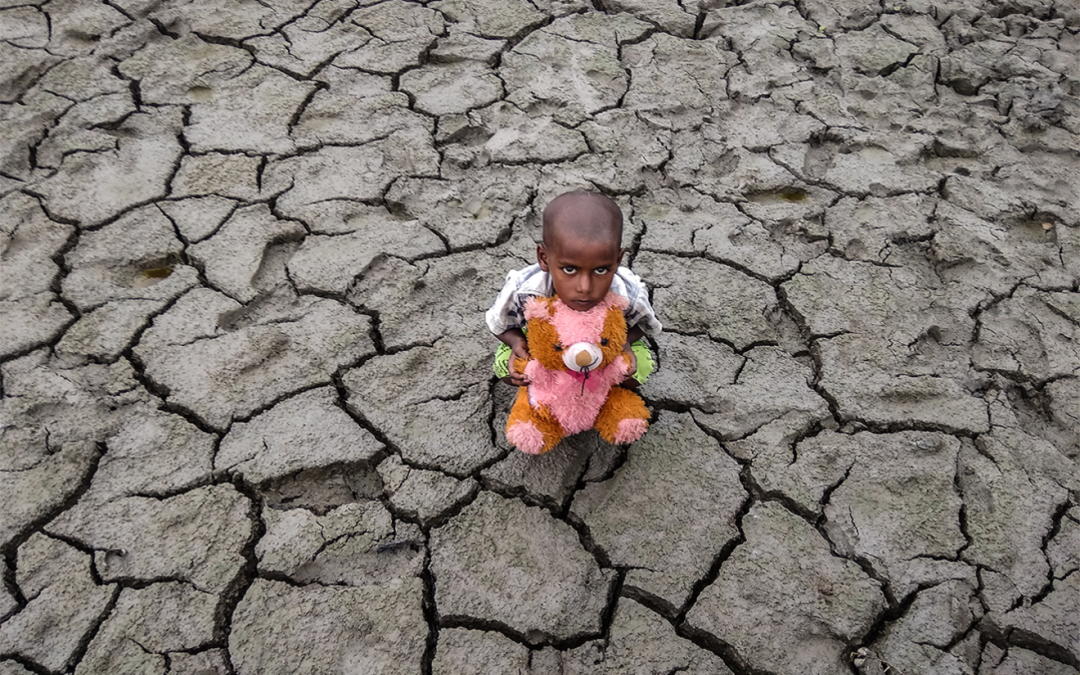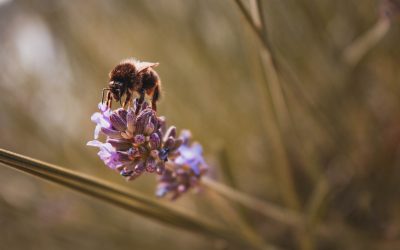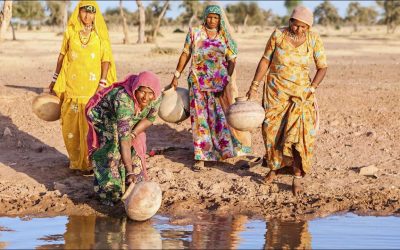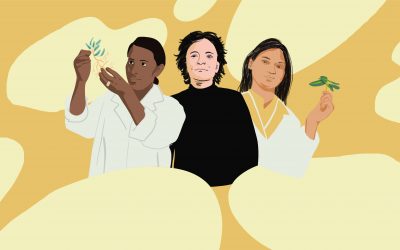Photo: Avijit Ghosh – Future Without Green (India)/ UNCDD Photo contest 2018

The motto “Healthy Land; Healthy People” is truer today than ever.
17 JUNE – As World Day to Combat Desertification and Drought, today we reflect on how our attitudes can have a role in combatting desertification. Humanity’s relentless consumption and increasing demand for food, animal feed and fibre are declining the quantity and the quality of the existing arable land, exacerbating the existing climate change, and creating fertile ground for the spreading of new habitat diseases.
Drylands take up 41.3% of the land surface (Figure 1). The livelihoods of more than 1 billion people in some 100 countries are threatened by desertification. Nearly 1 billion of the poorest and most marginalized people, who live in the most vulnerable areas, may be the most severely affected by intensifying droughts, water scarcity and aridity.
Migrations, social conflicts, illegit activities, under-development are only some examples of the related social consequences.
Dryland zones classified by the Joint Research Center (JRC), according to the aridity index
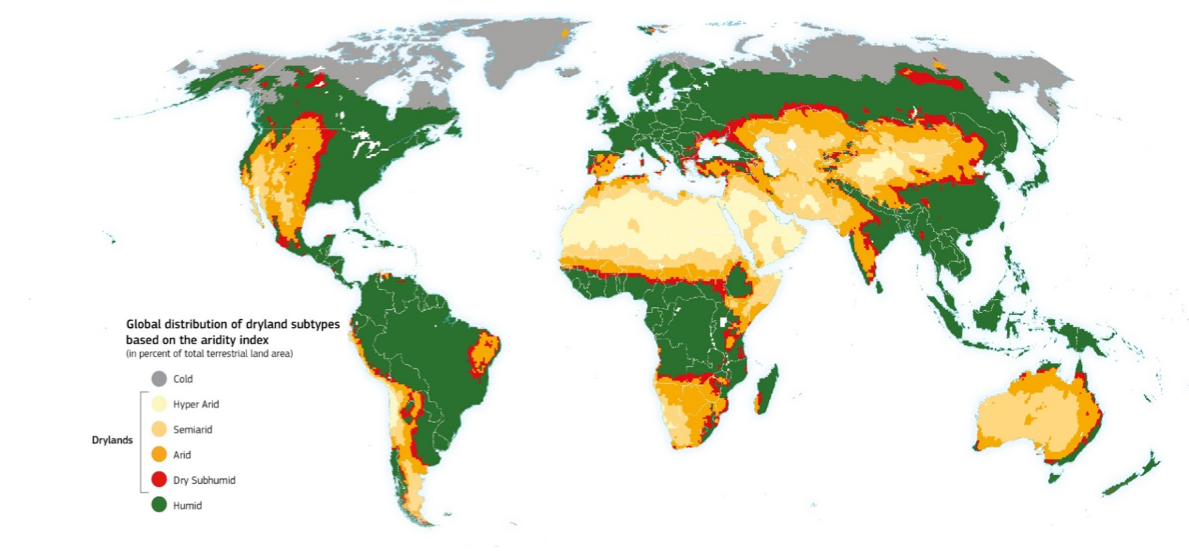
Source: Global Precipitation Climatology Centre and potential evapotranspiration data from the Climate Research Unit of the University of East Anglia (CRUTSv3.20), WAD3-JRC, modified from Spinoni J. 2015 [AP]
But it is even more surprising that desertification, land degradation and drought are closely related to the present-day COVID-19 pandemic. The future emergence of zoonotic diseases will be influenced by the evolution of the relationship between humans and the environment, particularly the expansion of the agricultural frontier and the related animal habitat loss.
If in these days the COVID-19 pandemic has highlighted the difficulty of meeting even the basic needs in our wealthy nations, land degradation, droughts and natural disasters have already been threatening poorest population since decades.
A balanced and sustainable diet, a reduction of waste and material assets consumption (fast-fashion, useless objects, etc.), a shift to renewable energies and, more in general, a more conscious consumption of our planet resources will play a role in combatting desertification and land degradation.
Also, local restoration techniques can be usefully involved to mitigate desertification, as those implemented by the Food Agriculture Organization (FAO) for the initiative “Great Green Wall” to combat climate change and desertification in Africa. Planting the right species in the right places, promoting the use of quality native forest and fodder seeds, ensuring biodiversity of plant species, managing natural regeneration of planted areas through village management committees, monitoring, reporting, etc. are some of possible in-loco actions, helping the local communities to restore drylands and to manage fragile ecosystems in a sustainable way.
Today we celebrate awareness and underline the importance of healthy land as source of food and water, but also employment for millions of people around the world.
Martina Sardo
PhD. Candidate in Environmental and Land Planning Engineering
Bees, flowers and intensive agriculture
The bee is an extraordinary animal. Leaning out...
Women in leadership: Achieving an equal future in a COVID-19 world
08 MARCH –Today, in occasion of the...
Science is also “girl stuff”
In some fields more than others, gender gap is...

